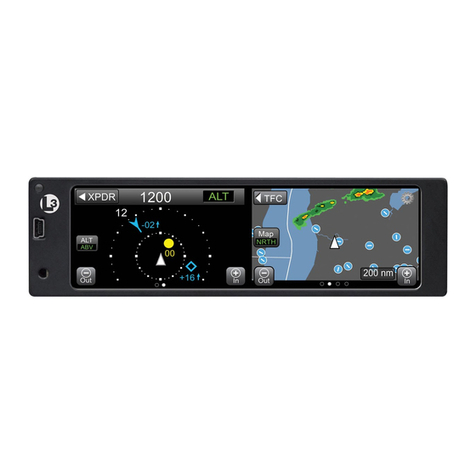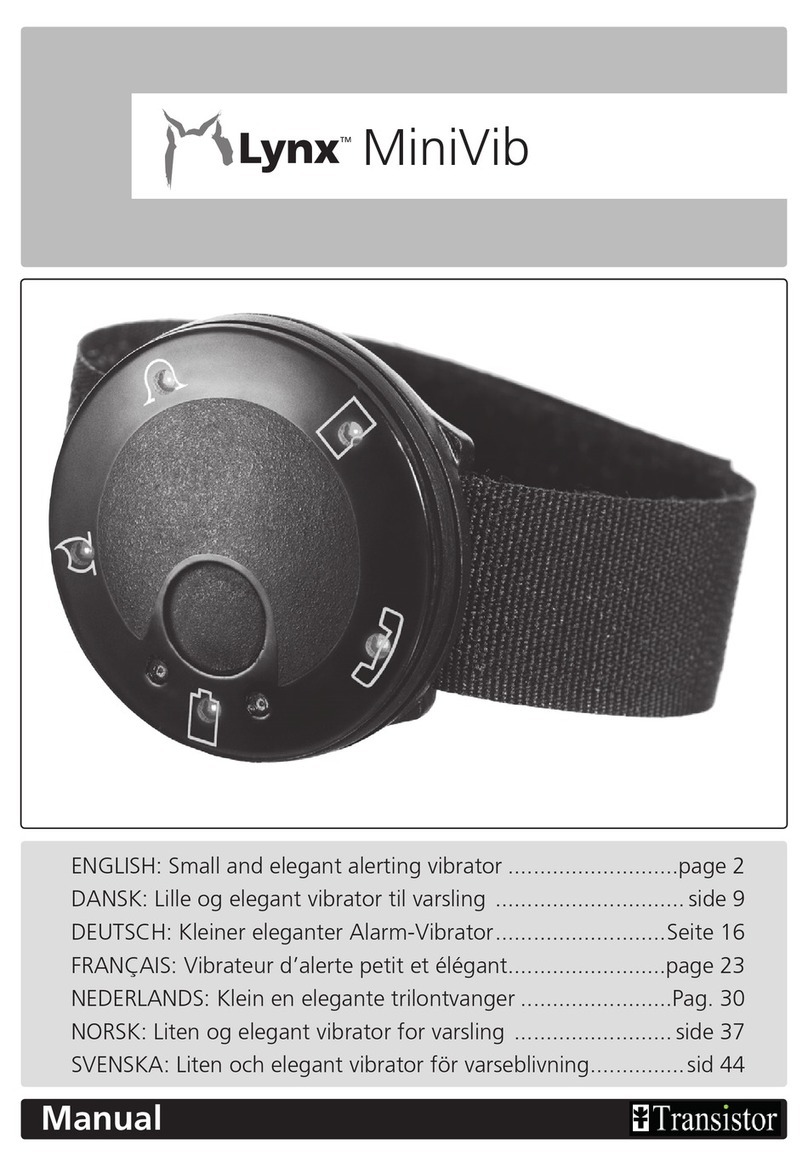
–7–
Wiring Connections
Wiring Connections
2. Make Phone Line Connections - For local or full line
seizure proceed to the appropriate steps below.
Local Seizure
a. Connect the incoming phone line to either the
8-position jack or terminals 2 (TIP) and 3 (RING).
b. Connect the handset phone lines to either the RJ11
jack or terminals 4 (TIP) and 5 (RING).
Full Line Seizure: The control must be placed in series
with the incoming phone line. Plugging the Direct
Connect Cord directly into the RJ31X jack, allows the
control to seize the phone line when an alarm occurs
and normal phone line usage by the premises phones if
the plug needs to be removed.
a. Cut the incoming RING and TIP phone lines
(typically red and green, respectively) and connect
them to RJ31X terminals 4 (red) and 5 (green).
b. Connect the premises end of the cut RING and TIP
wires to RJ31X terminals 1 (grey) and 8 (brown)
respectively.
c. Wire the flying leads of a Direct Connect Cord to the
control’s phone terminals as shown in the diagram
or plug into the 8-position jack.
d. Plug the Direct Connect Cord into the RJ31X jack.
RJ31X
1
2
345
6
7
8
RING
TIP
INCOMING
PHONE LINE
TO
PREMISES PHONES
TIP RING TIP RING
BROWN
GREY
RED
GREEN
INCOMING
PHONE LINE TO
PREMISES
PHONES
}
}
GREENRED
GREY BROWN
RING
TIP
DIRECT
CONNECT
CORD
OR
OR
8-POSITION
JACK
01000-008-V0
Full Line Seizure Connections
HARDWIRED ZONE: If the EOLR is not at the end of the loop, the zone will not be properly
supervised, and the system may not respond to an open circuit on the zone.
3. Make Hardwired Zone Connections - Zone 1 is an EOLR supervised zone that supports both open circuit and closed
circuit devices and has a response time of 350msec. Maximum zone resistance: 300 ohms, plus EOLR
Note: The hardwire zone cannot be used as a fire zone.
a. Connect sensors/contacts to the hardwired zone terminals 6 (+) and 7 (–). Refer to the Summary of Connections
diagram.
b. Connect closed circuit devices in series in the high (+) side of the loop. The EOL resistor must be connected in
series with the devices, following the
last device.
c. Connect open circuit devices in parallel across the loop. The 2000-ohm EOLR must be connected across the loop
at the last device.
4. Make External Sounder Connections - The control panel supports either a 6-14VDC piezo sounder (30mA max.) or
6-14VDC bell (120mA max.; e.g. ADEMCO WAVE2EX).
a. Connect a piezo sounder to terminals 10 (+) and 11 (–); OR a bell to terminals 11 (–) and 12 (+).
LOCAL SOUNDER DISABLE: The Master Keypad’s built-in piezo sounder can be disabled by
removing the shorting jumper (shunt) on the terminal board. If disabled, however, no sounding
will occur upon AC loss, since the external sounder does not operate when AC power is lost.
8/Do not remove shorting jumper (the shunt) for UL installations.
5. Disable Local Sounder Option - If required the Master Keypad’s built-in piezo sounder can be disabled.
a. Remove the shorting jumper (shunt) on the terminal board.
6. Make Powerline Carrier Device Connections - The control panel supports up to 8 Powerline Carrier Devices. If using
these devices, they must be connected to the ADEMCO 1332X10 transformer, as shown in the SUMMARY OF
CONNECTIONS diagram.
a. Connect the com/data/sync/ lines from the ADEMCO 1332X10 transformer to terminals 9, 13, and 14, respectively.
Note: If not using the supplied Ademco connection cable, you may need to reverse the black and yellow wire connections. Refer
to the
*80 Device Programming Menu Mode
section for details on programming Powerline Carrier Devices.





























